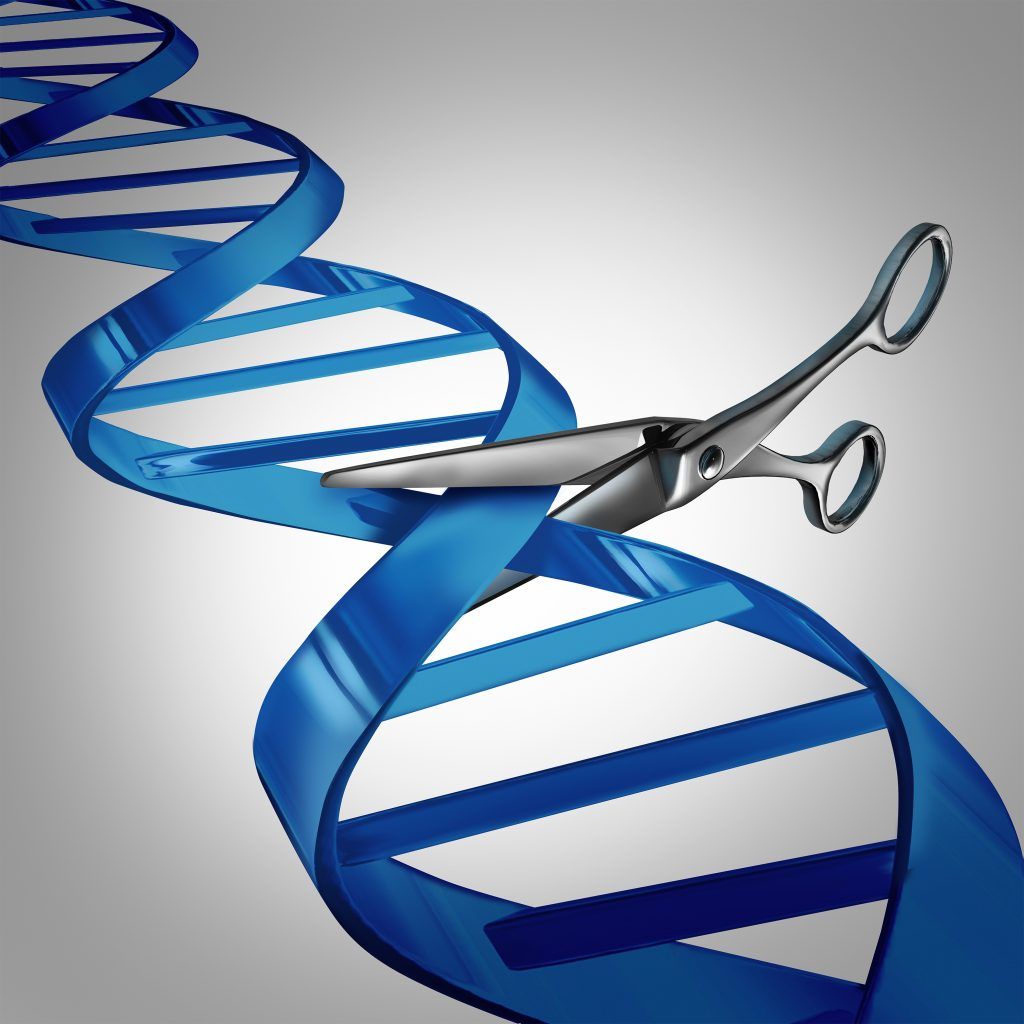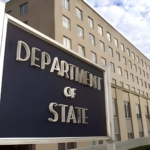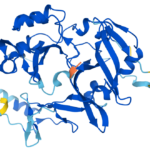Better babies through Crispr
By Lucien Crowder | August 3, 2017

So you want to have a baby. A nice, healthy baby. Problem is, you have rotten genes. You’re predisposed to every hereditary ailment from hypertrophic cardiomyopathy to early-onset Alzheimer’s. As human beings go, you’re a rambling wreck. Who the heck would reproduce with you?
Well, thanks to the gene-editing technology Crispr, maybe your chances have just improved. As reported in The New York Times, and originally in the journal Nature, scientists using newly developed Crispr techniques have radically improved their ability to repair genetic mutations in human embryos. According to the Times, “The researchers averted two important safety problems: They produced embryos in which all cells—not just some—were mutation-free, and they avoided creating unwanted extra mutations.” Successfully altered embryos, if allowed to mature into babies, would emerge into the world disease-free and would not pass mutations on to their own eventual offspring. The mutation would simply be gone. That sounds nice, but it raises the possibility that “a new form of eugenics” will emerge, one “in which people with means pay to have children with enhanced traits even as those with disabilities are devalued.”
There’s no immediate threat of that, at least in the United States, where it’s illegal to conduct clinical trials of gene-editing technology that involve human embryos. But the scientific advances reported in the Times do shine a light on the power and the risks of gene editing, and particularly of gene drives—a technique by which a genetic mutation could be deliberately introduced into an animal or plant population, either for good or for ill. As Sonia Ben Ouagrham-Gormley and Kathleen Vogel wrote in the Bulletin last year, “The absence of clear safety guidelines [for gene drives], coupled with ambiguous government regulations, has nurtured fears of an accidental or voluntary release of a gene drive in nature that could cause irreparable damage. On the security front, the presumed simplicity and accessibility of Crispr raise the possibility that states, terrorists, or rogue scientists might … develop malicious gene drives and create novel bioweapons… .”
Okay, so Crispr is kind of scary. And it won’t help you procreate any time soon. Still, consider buying somebody a dozen roses and a bottle of Champagne. You never know where it might lead.
Publication Name: The New York Times
To read what we're reading, click here
Together, we make the world safer.
The Bulletin elevates expert voices above the noise. But as an independent nonprofit organization, our operations depend on the support of readers like you. Help us continue to deliver quality journalism that holds leaders accountable. Your support of our work at any level is important. In return, we promise our coverage will be understandable, influential, vigilant, solution-oriented, and fair-minded. Together we can make a difference.















